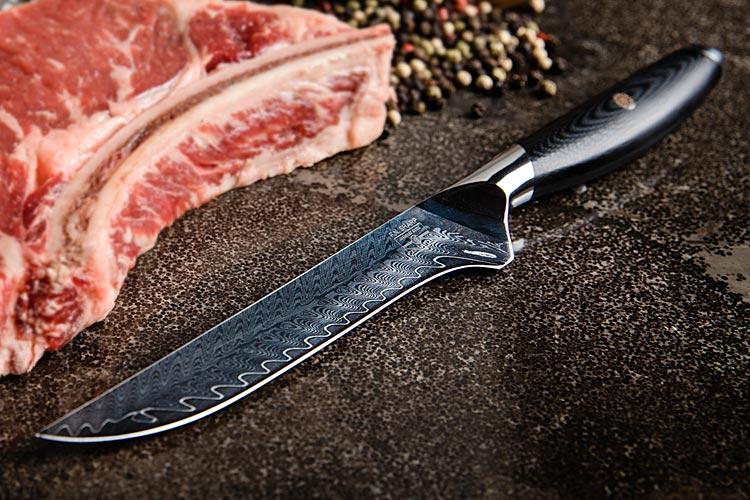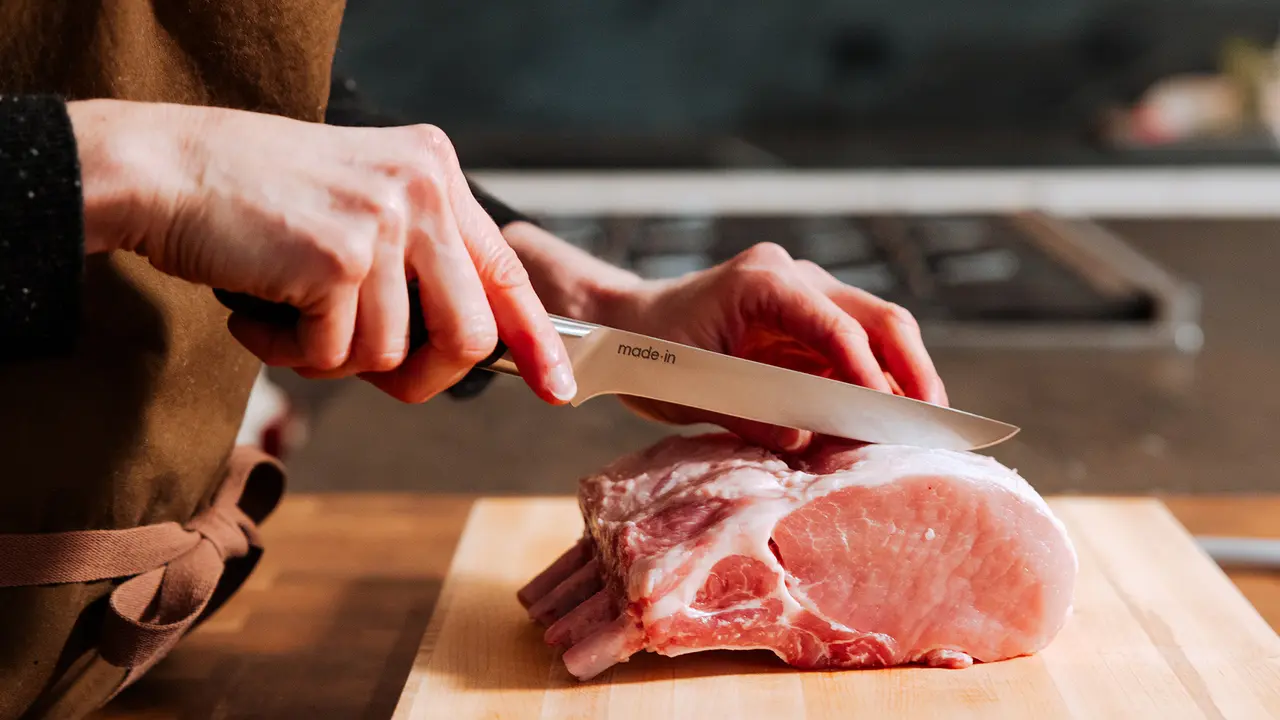In the culinary world, precision and efficiency are paramount, and the tools we use can significantly impact both. Among these tools, the boning knife stands out for its specialized design, tailored to separate meat from bone with remarkable accuracy. Understanding the ergonomics of a boning knife is crucial for any kitchen professional, as it enhances both performance and safety.
When delving into the intricacies of boning knife ergonomics, one must consider various factors that contribute to its optimal use. From the handle design to the blade’s flexibility, each component plays a vital role in ensuring that the knife feels like an extension of the chef’s hand. In this article, we will explore these elements in detail, providing insights that can elevate your culinary skills.

The Importance of Ergonomics in Kitchen Tools
Ergonomics is a discipline that focuses on designing tools and environments that fit the user’s needs, reducing strain and increasing efficiency. In the kitchen, where repetitive tasks are common, the ergonomics of a tool like the boning knife can prevent injuries and enhance performance. By choosing a knife that aligns with these principles, chefs can work more comfortably and effectively.
Key Features of a Well-Designed Boning Knife
Handle Design
The handle is a critical aspect of boning knife ergonomics. A well-designed handle should offer a firm grip, reducing the risk of slipping. Materials like rubber or textured polymers are often preferred for their non-slip properties. Additionally, the shape of the handle should fit naturally in the hand, allowing for extended use without discomfort.
Blade Flexibility
The blade’s flexibility is another vital consideration. A flexible blade allows for precise cuts, particularly when working around bones. This flexibility helps in maneuvering the knife with ease, ensuring that the meat is separated cleanly. It’s essential to choose a blade that offers the right balance between flexibility and strength.
Balance and Weight
A well-balanced knife feels comfortable in the hand, reducing fatigue during prolonged use. The weight should be evenly distributed between the blade and the handle, allowing for precise control. This balance is fundamental to ergonomics, enhancing both comfort and efficiency.
Choosing the Right Boning Knife for Your Needs
Selecting the perfect boning knife involves considering the specific tasks it will be used for. For instance, a boning knife for fish may require a more flexible blade compared to one used for red meat. Understanding these nuances ensures that you select a tool that suits your needs.
Maintenance and Care for Longevity
Proper maintenance is vital for preserving the ergonomics of a boning knife. Regular honing and sharpening keep the blade in optimal condition, while proper cleaning prevents wear and tear. For more on maintaining your knife, check out this guide on honing.
Cleaning and Storage
Cleaning the knife thoroughly after each use is essential to prevent corrosion and maintain hygiene. Storing the knife in a protective sheath or a knife block prevents damage and preserves its edge.
Common Misconceptions About Boning Knives
There are several misconceptions about boning knives that can lead to improper use. One such myth is that a thicker blade is always better. In reality, the flexibility of a thinner blade is often more advantageous for precise cuts.
Expert Tips for Using a Boning Knife
To maximize the effectiveness of your boning knife, consider these expert tips. First, always use a cutting board to protect the blade and your countertops. Second, practice the correct cutting technique to enhance precision and safety. For a detailed guide, you can visit this external resource.
The Impact of Ergonomics on Culinary Success
Understanding the ergonomics of kitchen tools like the boning knife can significantly impact culinary success. By choosing tools that prioritize comfort and efficiency, chefs can improve their technique and outcomes, ultimately elevating their culinary creations.
Addressing Safety Concerns
Safety is a paramount concern in any kitchen environment. By focusing on ergonomics, chefs can minimize the risk of accidents. A well-designed knife reduces strain on the hand and wrist, allowing for safer use.
Conclusion: Elevating Your Culinary Experience
In conclusion, understanding and applying the principles of boning knife ergonomics can transform your culinary experience. By selecting a knife that fits your needs and maintaining it properly, you can enhance both your efficiency and enjoyment in the kitchen.

FAQs
What makes a boning knife ergonomic?
An ergonomic boning knife features a handle that fits comfortably in the hand, a well-balanced weight, and a flexible blade for precise cuts.
How do I maintain my boning knife?
Regular sharpening, proper cleaning, and safe storage are key to maintaining a boning knife. You can learn more about this in our detailed guide.
Can ergonomic knives prevent injuries?
Yes, ergonomic knives are designed to reduce strain and enhance control, which can help prevent injuries during use.
This article contains affiliate links. We may earn a commission at no extra cost to you.


